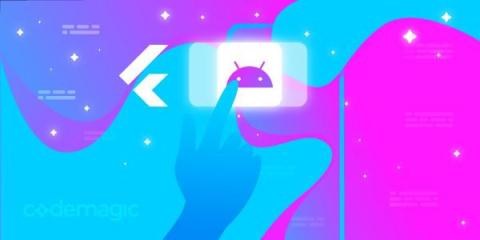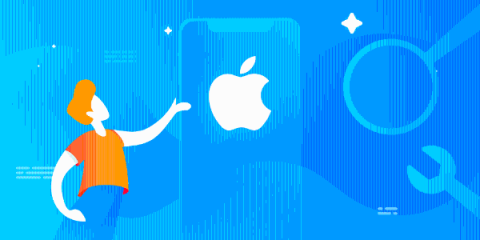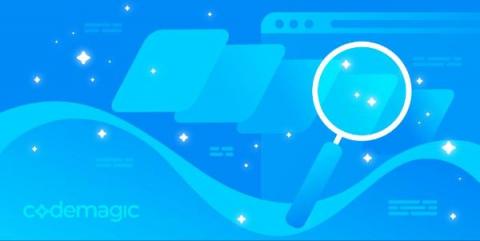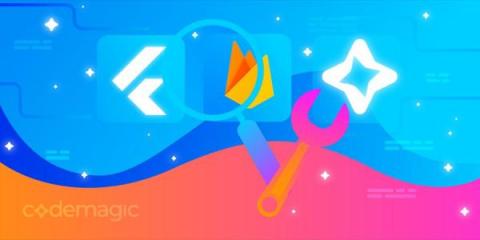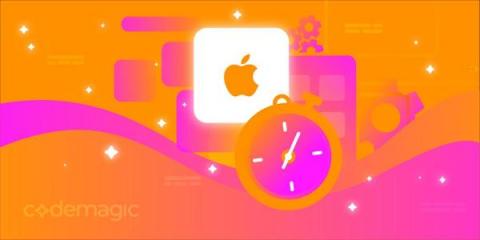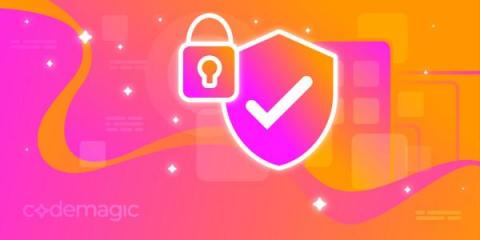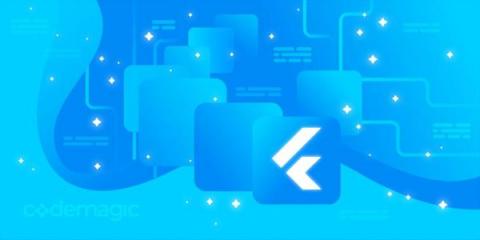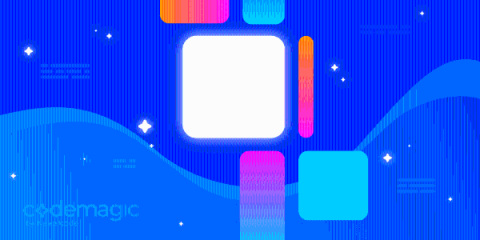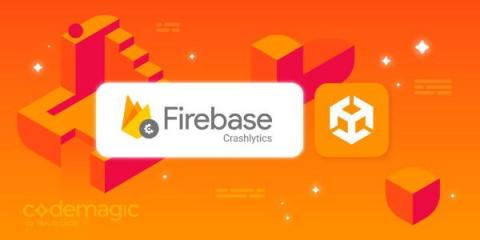My experience with Flutter as an Android developer + how to get started
This is a story about how I switched from Android development to Flutter. About 10 years ago, I created my first Android application. I worked for a company that focused on mobile development — iOS and Android. For me, Android development was the obvious choice. I liked Java more than Objective-C, and in general, Android was more affordable. However, mobile development has changed a lot over the years. There are so many new languages, technologies, and architectures.


